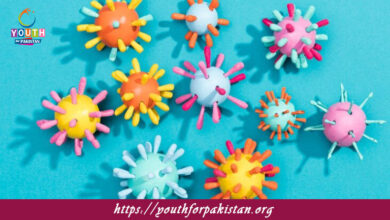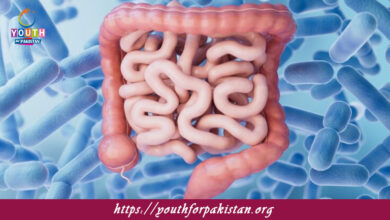Chemical Synapses MDCAT Quiz with Answers

The Chemical Synapses MDCAT Quiz is a must-have tool for MDCAT students who understand the manner of communication between neurons through chemical synapses. Chemical synapses are the junctions where the nerve signals communicate between two neurons, allowing for complex communication within the nervous system. The structure and function of this quiz include the release of neurotransmitters, the synaptic cleft, and signal transmission. This is a topic which MDCAT candidates should know well because this is the central point of knowing how the nervous system works and how it deals with information.
Chemical Synapse Structure
Chemical synapses are three main parts. These include presynaptic neuron, synaptic cleft, and postsynaptic neuron. In the presynaptic neuron, there are synaptic vesicles holding neurotransmitters; these are the chemicals that will carry the signals across the synapse. It releases neurotransmitters from the axon terminal of the presynaptic neuron when the action potential reaches the axon terminal. Neurotransmitters are received by the postsynaptic neuron through their receptors, hence transferring the signal. This is one of the main structures in the study for MDCAT students as it serves as a foundation for neurobiology and the transformation of electrical signals into chemical messages.
Neurotransmitter Release and Signal Transmission
The process of neurotransmitter release and signal transmission across the synapse is crucial for nervous system function. When the action potential reaches the synaptic terminal, it causes entry of calcium ions (Ca²⁺) into the presynaptic neuron, that triggers the fusion of synaptic vesicles with the membrane and the release of neurotransmitters into the synaptic cleft. The action of these neurotransmitters is then to bind to receptors in the postsynaptic membrane, either exciting or inhibiting the postsynaptic neuron. This process is integral to the mechanism of the nervous system, and MDCAT students need to know the series of events occurring in synaptic transmission, as this topic frequently recurs in examination questions.
MDCAT Quiz
This MDCAT quiz on chemical synapses is an excellent resource for the student to check their understanding about the subject. The quiz contains questions regarding the structure of chemical synapses, the mechanism of neurotransmitter release, and the types of neurotransmitters involved in synaptic transmission. Taking the quiz will help MDCAT candidates assess their understanding of this critical concept and what they need to study further. With regular practice, students will be able to increase their knowledge and confidence, thereby ensuring that they are well-equipped for questions about chemical synapses in their exams.
Free Flashcard
To consolidate the learning process, free flashcards are a great tool for MDCAT students studying chemical synapses. These flashcards can help the student memorize key concepts, such as the roles of neurotransmitters, the synaptic cleft, and how neurotransmitter release and reception work. Flashcards also provide an efficient way to recall the different types of neurotransmitters involved in synaptic transmission, such as acetylcholine, dopamine, and serotonin. Regular use of flashcards will strengthen your understanding of chemical synapses, making it easier to recall these concepts during the exam.
Experience the real exam environment with our expertly designed collection of over 25,000 MCQs MDCAT Mock Tests.






